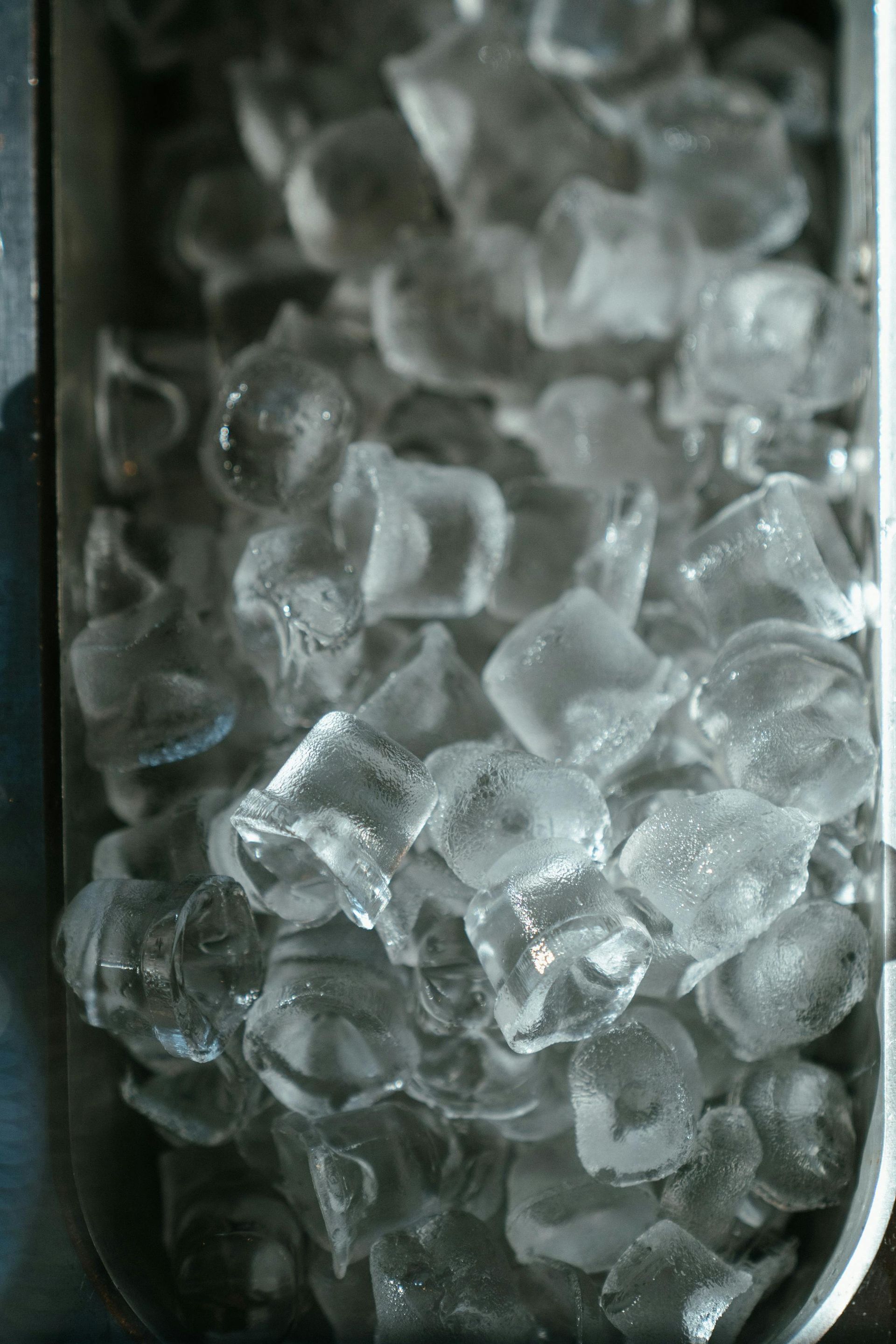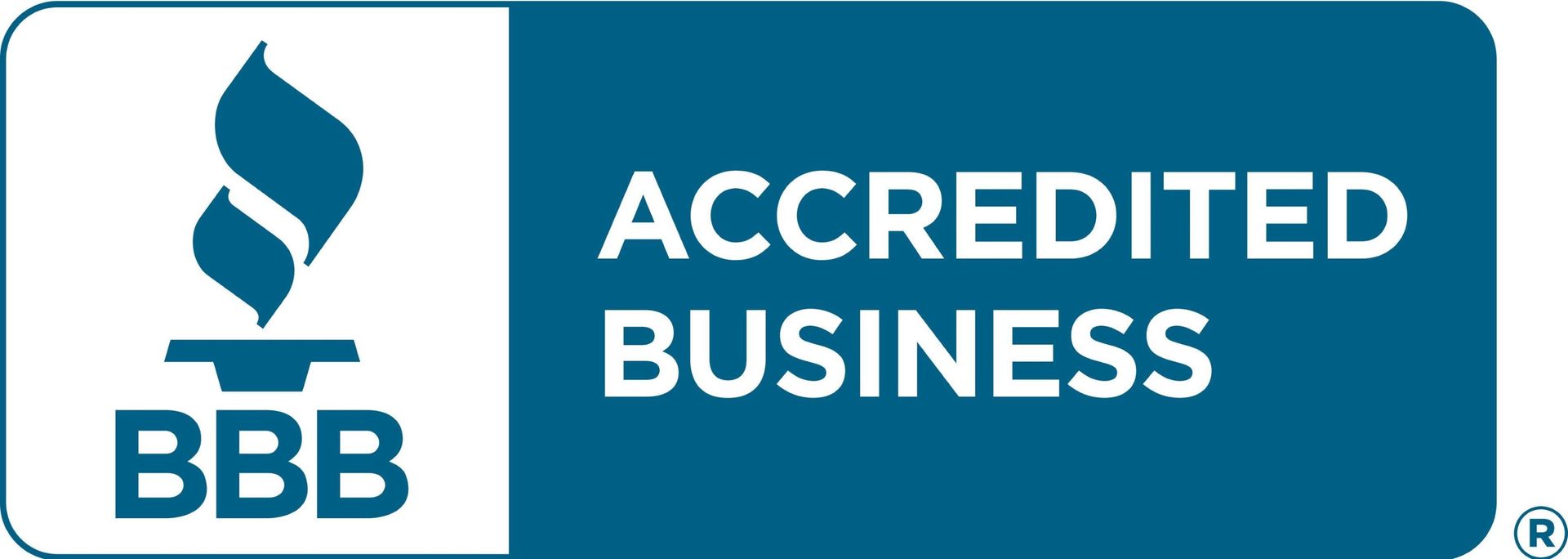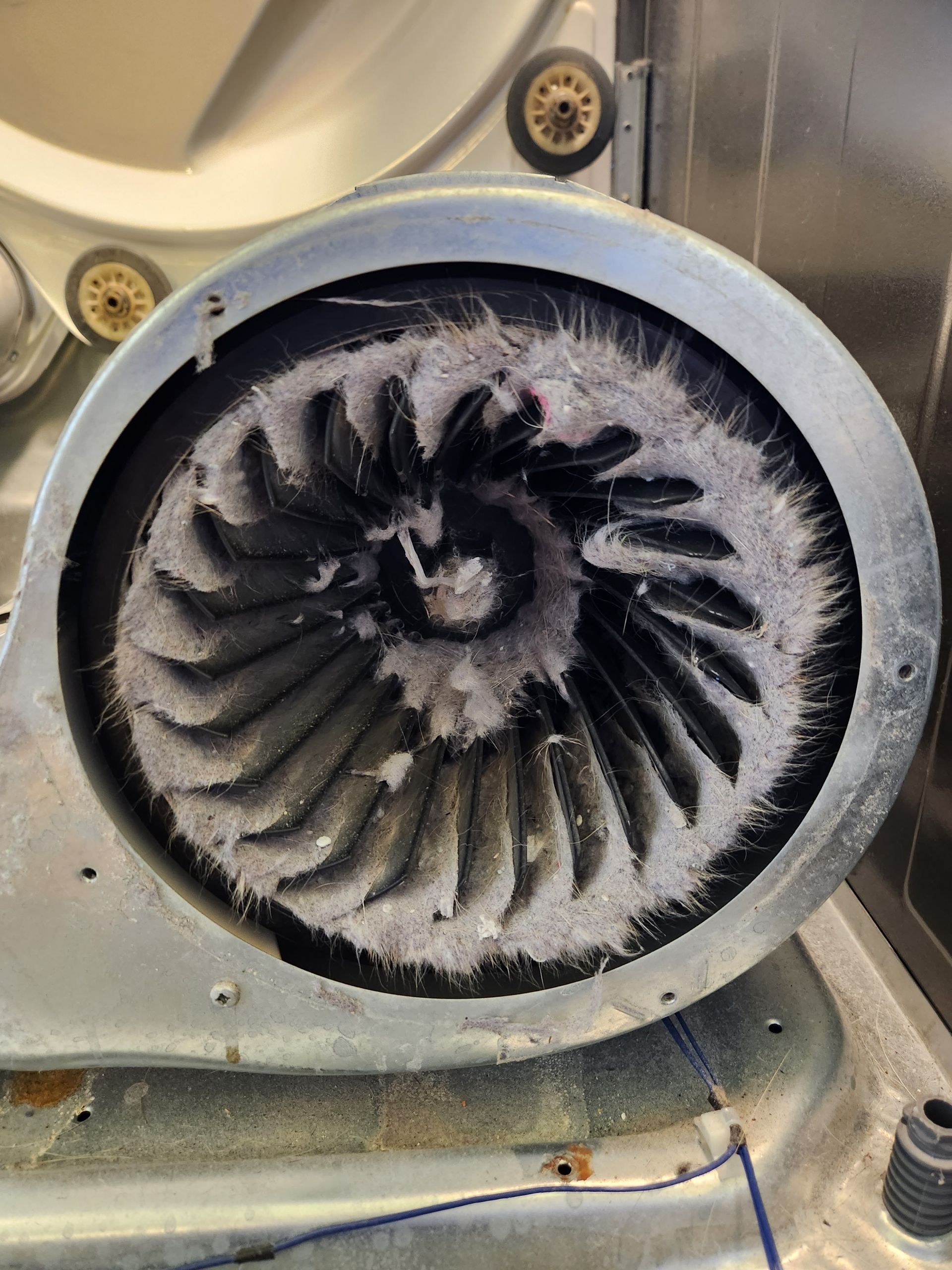TOP REASON'S FOR WASHER GOING ON STRIKE
Why Your Washing Machine Stopped Working: Top Reasons Explained by an Appliance Pro
As an experienced appliance repair technician, I've encountered countless washing machine issues over the years. When your trusty laundry companion suddenly stops working, it can throw your whole routine into disarray. In this post, I'll break down the most common reasons washing machines fail and what you can do about them.
1. Power Supply Problems
One of the most frequent issues I encounter is simply a lack of power to the washing machine. This can be due to:
- Unplugged machine
- Tripped circuit breaker
- Blown fuse
- Faulty power cord
Quick fix: Check if the machine is properly plugged in and that the circuit breaker hasn't tripped. If these aren't the issue, it might be time to call a professional to check the power cord or internal wiring.
2. Door or Lid Switch Failure
Many modern washing machines won't operate if the door or lid isn't properly closed. A faulty switch can trick the machine into thinking the door is open.
Signs: Machine won't start, spin, or drain.
Solution: Try firmly closing the door. If the problem persists, the switch may need replacement – a job best left to professionals.
3. Drain Pump Issues
If your washing machine fills with water but doesn't drain, the culprit is often the drain pump.
Common causes:
- Clogged pump (coins, small articles of clothing)
- Broken pump
DIY check: Listen for a humming noise when the machine should be draining. No sound could indicate a faulty pump motor.
4. Belt Problems
In belt-driven machines, a broken or slipped belt can prevent the tub from spinning.
Symptoms: You might hear the motor running, but the drum doesn't move.
Fix: This usually requires opening up the machine and is best handled by a professional.
5. Unbalanced Load
While not a mechanical failure, an unbalanced load can cause your machine to stop mid-cycle.
Signs: Excessive vibration, machine stops during spin cycle.
Solution: Redistribute the clothes evenly in the drum. For persistent problems, the machine might need re-leveling.
6. Faulty Lid Lock
Front-loading washers have a locking mechanism to keep the door shut during operation. If this fails, the machine won't start.
Quick check: Listen for a click when you close the door. No click might mean a faulty lock.
7. Control Board Malfunction
The control board is the brain of your washing machine. When it fails, it can cause a variety of issues or complete shutdown.
Symptoms: Unresponsive buttons, error codes on the display, or multiple functions failing simultaneously.
Fix: This typically requires professional diagnosis and repair.
8. Worn Out Motor
The motor is the heart of your washing machine. Over time, it can wear out, especially if the machine is frequently overloaded.
Signs: Humming noise but no movement, burning smell.
Solution: Motor replacement is a complex job best left to professionals.
9. Clogged Water Inlet Valve
If your machine isn't filling with water, the inlet valve might be clogged or faulty.
DIY check: Ensure water supply is on and hoses aren't kinked. If these are fine, the valve may need cleaning or replacement.
10. Agitator Problems
For top-loading machines, a faulty agitator can prevent clothes from being cleaned properly.
Symptoms: Clothes not moving during wash cycle, strange noises from the drum.
Fix: This could be due to worn agitator dogs (small plastic cogs) or a more serious transmission issue.
Remember, while some of these issues have simple fixes, others require professional attention. Don't hesitate to call an expert if you're unsure – it could save you money and headaches in the long run.
By understanding these common problems, you can better diagnose issues with your washing machine and know when it's time to call in the pros. Regular maintenance and proper use can help prevent many of these problems, keeping your laundry routine smooth and efficient.





